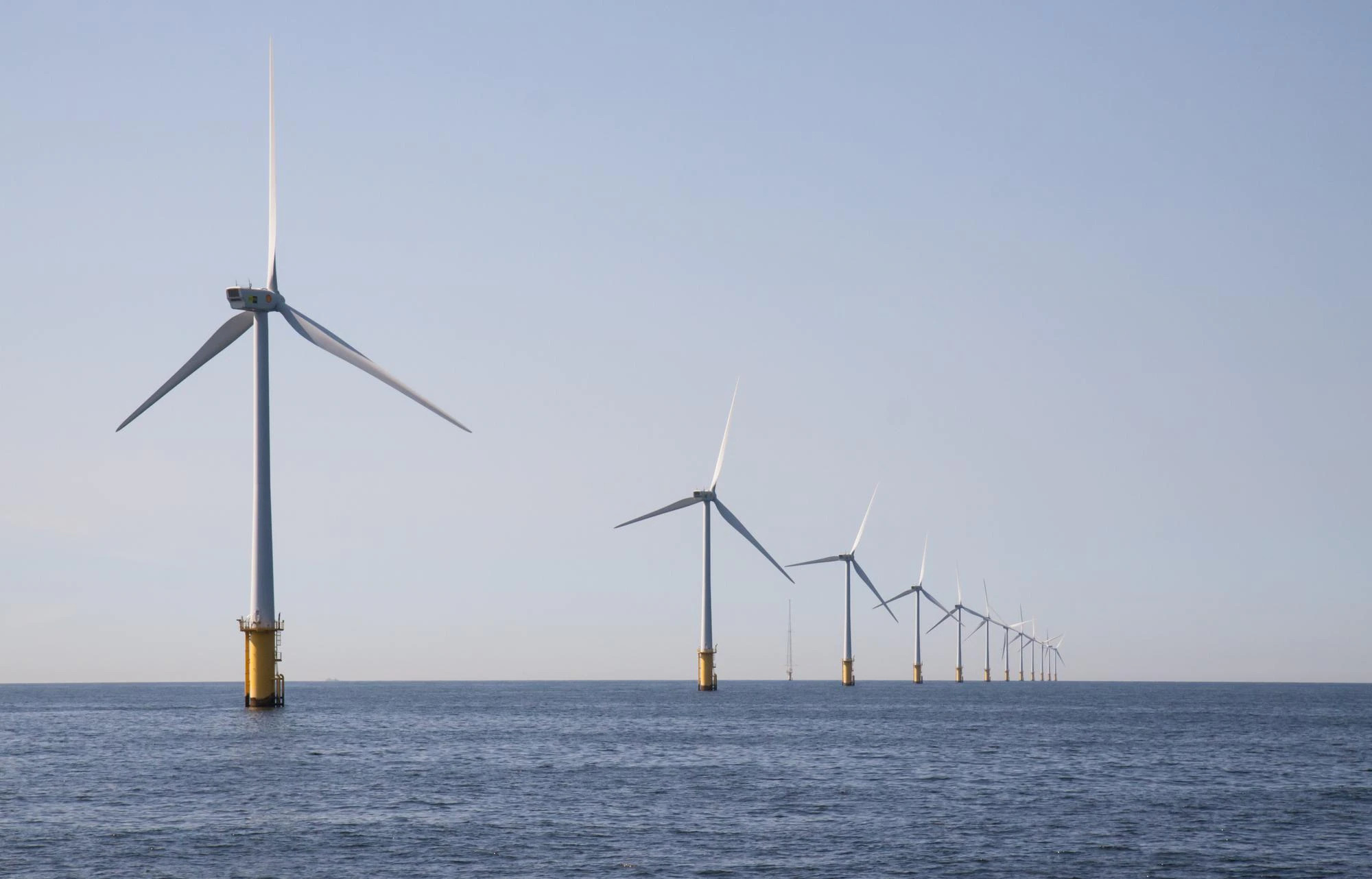
Hydrogen
Future Technologies – Hydrogen:
Among the different shades of hydrogen, Green Hydrogen – meaning hydrogen produced from renewable energy – is the most suitable one for a fully sustainable energy transition. It can be used directly or in the form of its derivatives like e-methanol, e-ammonia, or e-fuels to replace fossil fuels, coal or gas. The most established technology option for producing green hydrogen is water electrolysis fuelled by renewable electricity.
Electrolysis is a promising option for carbon-free hydrogen production from renewable resources. Electrolysis is the electrochemical process of using electricity to split water into hydrogen and oxygen. This reaction takes place in a device called an electrolyzer.
Despite the fact that Green Hydrogen is enjoying a period of renewed attention in Europe and around the world, it currently represents only a very limited fraction of the global and EU energy mix. For hydrogen to contribute to climate neutrality its production needs to boost rapidly to a much larger scale, become fully decarbonised and find a cost-effective place in the electricity system.
Green hydrogen is valuable because it can provide a link between growing and sustainable renewable electricity generation and the hard-to-electrify sectors. Furthermore, Green Hydrogen is a suitable energy carrier for applications remote from electricity grids or that require a high energy density, and it can serve as a feedstock for chemical reactions to produce a range of synthetic fuels and feedstocks.

Ammonia
Future Technologies – Ammonia:
To produce renewable ammonia, water is split into hydrogen (H2) and oxygen (O2) via electrolysis. Various electrolysis technologies can be used which vary in temperature and energy consumption while Nitrogen (N2) can be easily purified from air. The hydrogen and nitrogen are converted to ammonia in a Haber-Bosch synthesis loop.
Green Ammonia can displace fossil fuels at scale in hard-to-abate areas of the power and transport sectors, especially the shipping industry. Maritime engine manufacturers expect to commercialize ammonia-fuelled two-stroke and four-stroke engines by 2024 or 2025, for new builds and retrofits. At the same time, ammonia engine developers believe that they can deliver commercial performance within existing regulatory limits for nitrogen oxides.
Various shipping companies have committed to more ambitious emission reduction targets, driven by national targets, customer demand and/or sustainability goals. For example, Maersk has committed to net zero carbon emissions by 2050 (Maersk, 2019). Its current fleet, around 750 container ships, would require around 20 Mt of ammonia per year if ammonia alone is used as a fuel. Ships typically have lifetimes of 20-25 years or longer, implying that investments for decarbonisation of new-built ships must be made soon and that net zero vessels must be operational by 2030, to meet the greenhouse gas emission reduction targets by 2050.
Although ammonia is a hazardous chemical, its risks can be managed as there is a high maturity of storage, transport, and distribution technologies, as well as training, industry codes and standards, and regulations that ensure safety and security.





